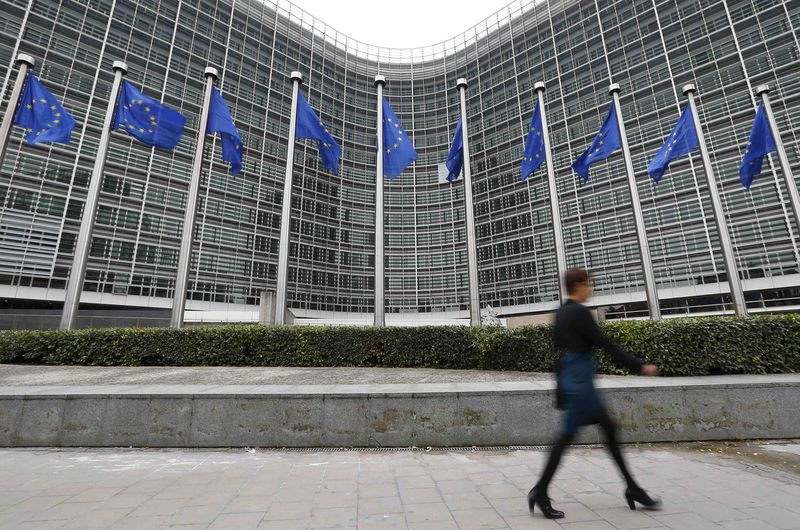* 12-nation trade deal of Pacific Rim countries agreed
Monday
* EU-U.S. trade talks, begun in 2013, seen as stalled
* EU also seeking trade deal with Japan
By Philip Blenkinsop
BRUSSELS, Oct 6 (Reuters) - A newly forged Pacific Rim trade
deal opens the door for Europe to seal its own free trade
partnership with the United States but also increases pressure
on Brussels to accelerate stalled talks to avoid being left
behind.
Twelve countries, including the United States, on Monday
reached the most ambitious trade pact in a generation, aiming to
liberalize commerce in 40 percent of the world's economy.
ID:nL3N1252R6
The European Union is pursuing its own trade accord with the
United States, called the Transatlantic Trade and Investment
Partnership (TTIP), that would encompass a third of world trade
and nearly half of global GDP. Talks to date appear stalled.
Washington had been expected to want the Trans-Pacific
Partnership (TPP) concluded before moving on to TTIP.
European Trade Commissioner Cecilia Malmstrom described the end
of Pacific Rim trade talks as good news.
Marietje Schaake, trade expert of the Liberals group of
European lawmakers, said the United States should be able to
free up time and political capital for TTIP, leaving no excuse
not to discuss challenging topics.
"The conclusion of TPP should also remind Europe that we
will either be driving rules and standards for global trade, or
other countries will set their own standards," she said.
Hosuk Lee-Makiyama, director of the European Centre for
International Political Economy, said TPP would divert trade,
driving up U.S. gross domestic product at the expense of Europe.
"We need TTIP to get back to zero," he said.
TPP, which still needs backing from sceptical U.S.
lawmakers, will eliminate or cut tariffs on almost 18,000
categories of goods.
TTIP is envisaged to go far beyond removing already low
import duties and is seen as a new form of trade agreement, more
concerned with agreeing on regulation and common standards to
cut business costs, providing a model for others to follow.
EU TALKS WITH U.S., JAPAN STALLED
The more ambitious TTIP is the logical next step, with an
estimated gain of more than $100 billion for both economies,
each searching for growth in the face of a slowdown in China.
However, EU officials have complained in trade rounds to
date of inflexibility from U.S. negotiators and a lack of
ambition over the extent to which tariffs could be cut.
French trade minister Matthias Fekl said last week that the
United States had failed to make a serious offer.
"France will look at all the options. If there is not a
total change of attitude, we will look at all our options,
including simply breaking off these negotiations," he said.
But EU officials also say some of the EU's 28 members
profess in Brussels to want TTIP, but then appear far cooler
when speaking to a sceptical public at home.
EU trade ambitions also go beyond just the United States.
Of the 12 TPP parties, the European Union already has
bilateral trade deals in place with Mexico, Chile, Peru and
Singapore, has reached provisional deals with Canada and Vietnam
and is in talks with the United States, Japan and Malaysia.
Australia and New Zealand are also pushing to open trade
talks with the European Union.
EU officials have said they sensed Japan might also have
been stalling until TPP was done. It too may find its
negotiating position strengthened.
Peter van Ham of Dutch think tank the Clingendael Institute
said that may not be a bad thing. "TPP puts pressure on, but
sometimes you need that pressure, that brinkmanship to get
things done," he added.
(Editing by Catherine Evans)
